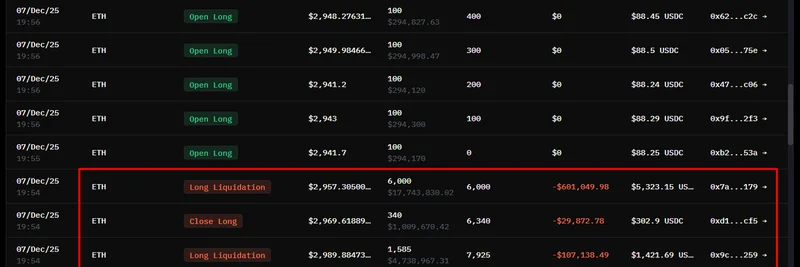In the fast-paced world of meme coins, where fortunes can flip faster than a viral TikTok, one tweet has captured the essence of a common trader's nightmare. Posted by @basedkarbon on X, it reads: "The debasement trade where everyone piles into shit at all time highs and proceeds to lose a significant portion of their net worth denominated in a currency that's relatively stable."
If you're new to crypto lingo, let's break this down. "Debasement" typically refers to the reduction in value of a currency, like when governments print more money, diluting its worth. But here, it's a clever pun twisting into "de basement" – as in, ending up broke and metaphorically retreating to your parents' basement after a bad trade. The "trade" in question? Jumping into low-quality assets (affectionately called "shitcoins" in the community) right when they're at their peak prices, driven by FOMO (fear of missing out).
The Tweet That Hit Home
This post quickly resonated, sparking a flurry of replies that amplified the humor and the hard truth. One user quipped, "Moving back into de basement," while another called it the "'you go back to de basement' trade." It's a nod to the all-too-familiar cycle in meme token trading: hype builds, prices skyrocket, everyone rushes in, and then – poof – the bubble bursts, leaving latecomers holding the bag.
Meme coins, built on blockchain platforms like Solana or Ethereum, often start as jokes or internet memes but can explode in value thanks to social media buzz. Think Dogecoin or Shiba Inu, which turned early adopters into millionaires. But for every success story, there are countless tales of rug pulls (when developers abandon a project and run off with funds) or pump-and-dumps (artificially inflating prices before selling off).
Why This Matters for Meme Token Enthusiasts
At Meme Insider, we're all about demystifying the meme coin space. This tweet highlights a key risk: market timing. Buying at all-time highs means you're betting the hype will continue indefinitely, which it rarely does. Instead, prices often correct sharply, and your investment – measured against stablecoins like USDT or even fiat currencies – evaporates.
It's not just about losing money; it's about the psychological toll. As one reply put it, "Debasement of common sense and self respect." Chasing these highs can lead to impulsive decisions, ignoring fundamentals like token utility, community strength, or even basic due diligence.
Lessons from the Debasement Trade
So, how do you avoid the basement? Here are some practical tips rooted in blockchain best practices:
Research Before You Leap: Look beyond the meme. Check the project's whitepaper, team background, and community engagement on platforms like Discord or Telegram.
Diversify Your Portfolio: Don't put all your eggs in one meme basket. Mix in established cryptos or even DeFi (decentralized finance) opportunities for balance.
Set Stop-Losses: Use trading tools on exchanges like Binance or Uniswap to automatically sell if prices drop below a certain point.
Stay Informed: Follow reliable sources in the crypto space. Sites like CoinMarketCap for price tracking or CoinDesk for news can keep you ahead.
Remember, meme coins are high-risk, high-reward. They're fun, but treat them like a casino – only invest what you can afford to lose.
The Bigger Picture in Blockchain
This viral moment ties into broader trends in crypto. With Bitcoin hitting new highs and altcoins following suit, the temptation to chase is stronger than ever. But as blockchain technology evolves, focusing on real utility – like NFTs for digital ownership or DAOs (decentralized autonomous organizations) for community governance – can lead to more sustainable gains.
If you're diving into meme tokens, let this tweet be your cautionary tale. Laugh at the pun, but learn from the pain it represents. Stay smart, stay solvent, and who knows? You might just meme your way to the moon without a detour to the basement.


